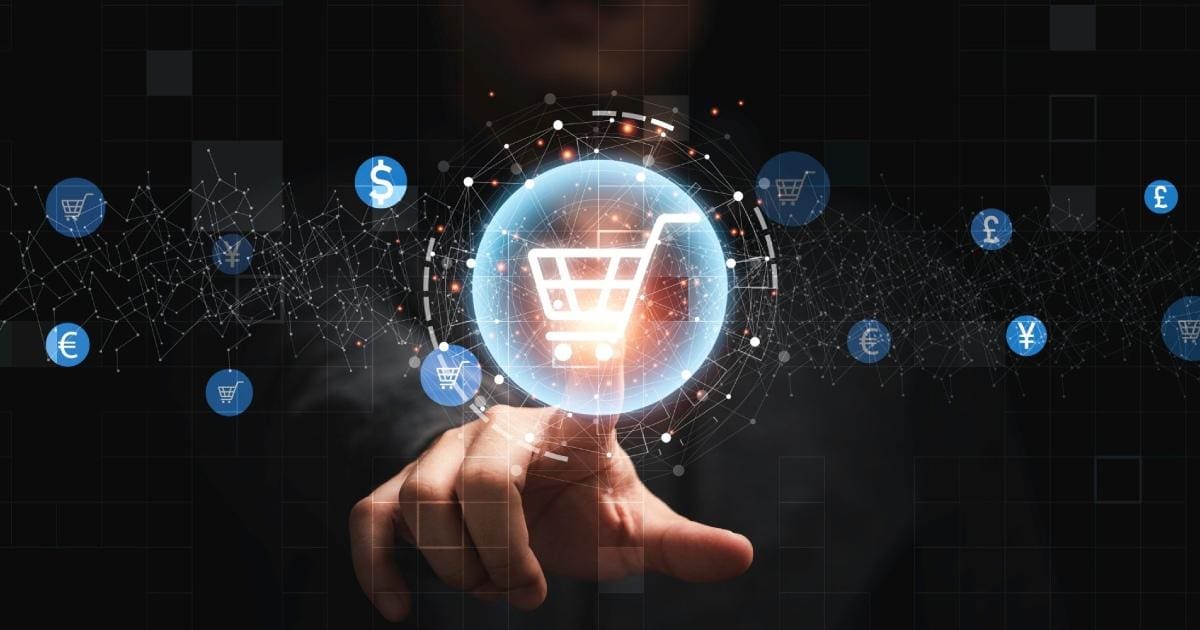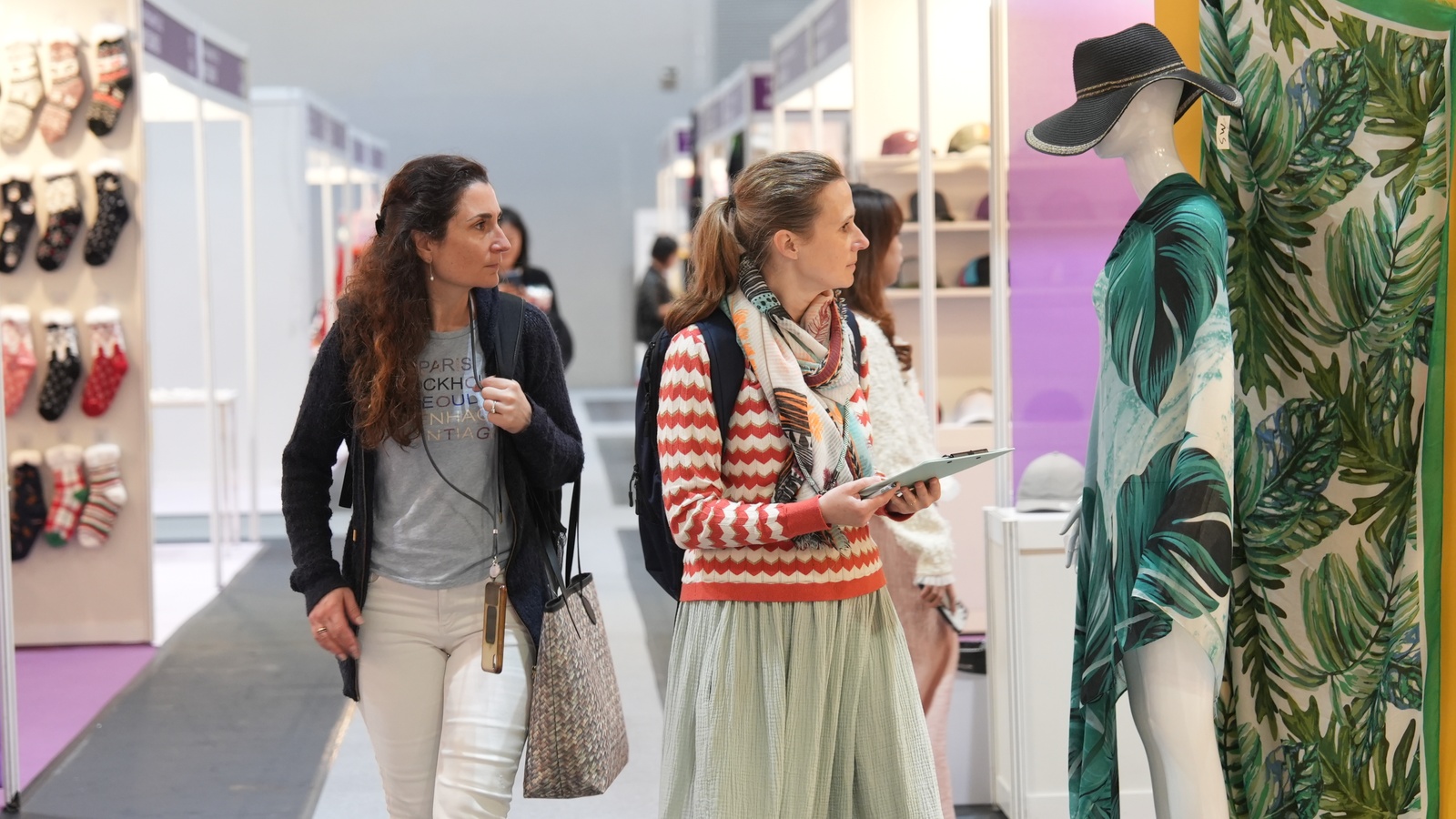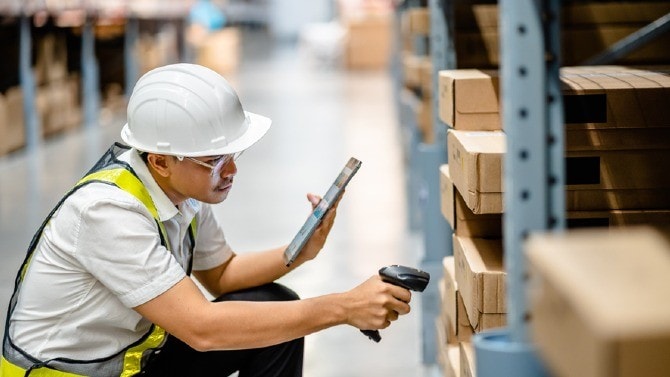Vietnam Sourcing Guide 2025: Forecasts, Trends & Best Practices
As businesses around the world seek smarter and more resilient sourcing strategies, Vietnam continues to emerge as one of the most reliable and scalable sourcing destinations in Asia. From textiles to electronics and furniture to food processing, the country’s export sectors have gained significant momentum post-2024.
With a young labor force, multiple free trade agreements (FTAs), and upgraded infrastructure, Vietnam offers an increasingly attractive alternative to China, especially for brands looking to diversify. In this Vietnam Sourcing Guide 2025, we’ll explore emerging trends, critical forecasts, and the best practices businesses should adopt for sustainable, cost-effective operations.
📊 2025 Sourcing Forecast: Vietnam’s Growth Continues
Vietnam’s economy is projected to grow at a healthy rate of 6% to 6.5% in 2025, with manufacturing and exports being central pillars of that progress. Several key factors are influencing Vietnam’s continued sourcing appeal:
-
“China+1” strategy: Many global brands are actively shifting part of their manufacturing base to Vietnam to reduce dependency on China.
-
Trade Agreements: Vietnam is a signatory of major deals like RCEP, CPTPP, and the EU–Vietnam Free Trade Agreement, giving exporters access to reduced tariffs.
-
FDI Boost: The government continues to attract foreign investment in electronics, semiconductors, renewable energy, and high-tech manufacturing zones.
With this foundation in place, buyers are increasingly turning to local sourcing experts for efficient vendor selection and quality assurance.
🔍 Key Trends Driving Vietnam’s Sourcing Boom
1. Sustainability is Mainstream
Vietnamese manufacturers are increasingly implementing eco-friendly practices, including the use of recycled raw materials, renewable energy, and green certifications such as GOTS and OEKO-TEX. This trend aligns with the growing global demand for sustainable supply chains.
2. Digital-First Factories
The integration of smart technologies such as AI-driven inventory systems, IoT-enabled machinery, and ERP software is helping Vietnamese factories become more responsive and transparent.
3. Export Diversification
Beyond textiles and furniture, Vietnam is rapidly gaining ground in:
-
Semiconductors
-
Electric vehicle components
-
Agritech equipment
-
Cosmetics and personal care products
A bestsourcing agent Asia like Asia-Agent.com can help businesses identify certified manufacturers across these verticals, even those outside major industrial hubs.
📍 Best Locations for Sourcing in Vietnam
Vietnam’s industrial strength is spread across various regions. Here’s a snapshot of key zones:
-
North (Hanoi, Hai Phong) – Electronics, apparel, high-tech
-
Central (Da Nang, Quang Nam) – Textiles, leather goods, furniture
-
South (Ho Chi Minh City, Binh Duong, Dong Nai) – Garments, footwear, food processing
Selecting the right region based on product type, logistics convenience, and supplier expertise is essential.
✅ Best Practices for Sourcing from Vietnam in 2025
1. Conduct Pre-Qualification Audits
Before finalizing a supplier, it’s crucial to assess their factory capacity, labor conditions, and product certifications. Audits are especially important for compliance in regulated industries like food, electronics, or pharmaceuticals.
2. Balance Cost with Capability
While Vietnam offers competitive pricing, lowest-cost vendors may not always be the most reliable. Instead, work with suppliers that have documented export experience and ISO certifications.
3. Use Multilingual Contracts
Ensure your contracts are written in both English and Vietnamese to reduce the risk of misinterpretation. Clearly define terms on quality control, defect rates, payment terms, and lead times.
4. Build Buffer Time into Logistics
While Vietnam has improved its port infrastructure, occasional shipping delays or customs bottlenecks can occur, especially during peak seasons or Tet holiday. Add buffer time to avoid last-minute surprises.
5. Partner with Local Experts
A trusted bestsourcing agent vietnam can provide vital ground support when sourcing from both Vietnam and India, helping to create a multi-country supply chain that’s both resilient and scalable.
🌐 Why Partner with a Sourcing Agent?
For businesses sourcing at scale or for the first time in Vietnam, the process can feel overwhelming. Language barriers, factory verification, compliance checks, and logistics coordination require on-ground experience. That’s where professional sourcing agents come in.
A bestsourcing agent Asia offers end-to-end support:
-
Supplier matchmaking and factory vetting
-
Quality inspections during production
-
Price negotiations and order follow-up
-
Logistics coordination and documentation
-
Ensuring export standards and customs compliance
This local support ensures businesses maintain product consistency, meet delivery timelines, and avoid costly sourcing mistakes.
🚀 Conclusion: Vietnam’s Strategic Advantage in 2025
Vietnam has firmly cemented its role as a global sourcing leader, offering a unique mix of cost efficiency, skill availability, and export incentives. With steady growth expected across multiple product categories in 2025, brands that act early can establish reliable, scalable supplier networks.
By adopting best practices and partnering with a bestsourcing agent Asia, companies can reduce sourcing risks, maintain compliance, and unlock long-term value in one of the world’s most dynamic economies.
Whether you’re expanding from India or moving your manufacturing base, a bestsourcing agent Vietnam can also provide integrated support for cross-border strategies involving both countries. With the right partnerships and local insight, your sourcing operations can remain agile, ethical, and profitable well into the future.



